August 2023
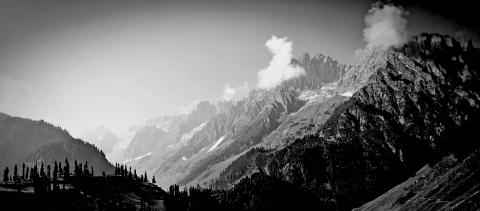
Uṣasti (Chāndogya)
Once the kingdom of Kuru was struck by famine. All the crops were laid waste by hailstones. In an abject village in that kingdom called pradrāṇaka resided Uṣasti, a brahmajñānin. He was the son of a ṛṣi called Cakra and hence was called Cākrāyaṇa. His wife was young. When he was roaming around in search of food, he saw the head of the village who was partaking of kulmāṣa from a container. Kulmāṣa means wild black gram...
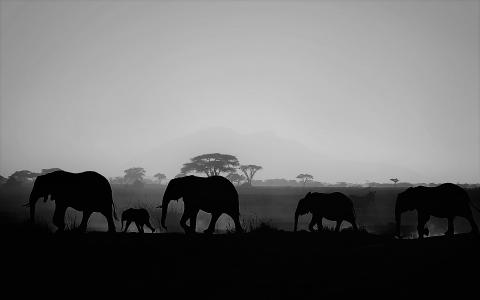
Arjuna now asks
ye śāstravidhimutsṛjya yajante śraddhāyānvitāh ।
teṣāṃ niṣṭhā tu kā kṛṣṇa sattvamāho rājastamah ॥
BG 17.1
Some people in the world possess śraddhā, but not in the rules of the śāstra but in something else imagined by themselves. What happens to them?
We often see such people around us. There are new gurus everyday teaching their newer meditative practices. The Svāmī with the perfumed beard, the svāmī who sat for eight days...
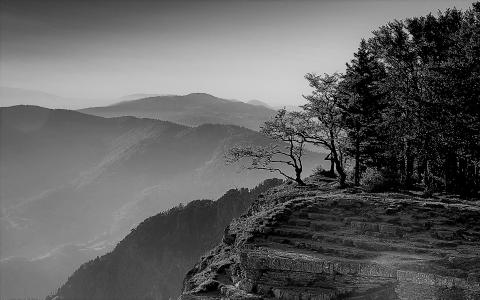
Bāṇabhaṭṭa
Among the works written by the great poet Bāṇabhaṭṭa, it is only in Harṣacarita that we come across thoughts on literary aesthetics. Although the introductory verses in Kādambarī contain a couple of statements on the art of poetry, they are not directly linked to poetic theory. Besides, they are not very illuminating. Therefore, Harṣacarita is our only source. And it does not disappoint us.
The poet has this to say about pilferers of...
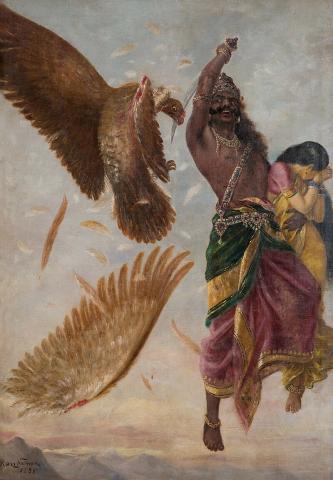
Back in the āśrama, Sītā heard the cry of distress, which sounded just like her husband and with great anxiety she instructed Lakṣmaṇa, “Go and find out what has happened to Rāghava, for my very life is perturbed by the sound of his cry of anguish. Rush to your brother’s rescue, Lakṣmaṇa! He has fallen into the hands of rākṣasas, like a bull fallen prey to lions.” Recalling his brother’s instruction, Lakṣmaṇa did not go. Angered by this, Sītā...

There are four kinds of activities of the buddhi. The first is analysis which means separating the object of inquiry into its constituent elements. The second is classification which is grouping the various components and properties of the object of inquiry. The third is causality which is identifying the cause-effect relationship as well as the estimation of the amount of a certain substance needed to achieve a specific effect. The fourth kind...

Harṣavardhana has made a mark in the annals of Sanskrit literature with his three plays: Priyadarśikā, Ratnāvalī and Nāgānanda. Interestingly, the prologues of these plays are largely similar. Although there is no discussion here significant to literary aesthetics, we do find a verse that lays down certain fundamental tenets:
श्रीहर्षो निपुणः कविः परिषदप्येषा गुणग्राहिणी
लोके हारि च वत्सराजचरितं[1] नाट्ये च दक्षा वयम्।
वस्त्वेकैकमपीह वाञ्छि...
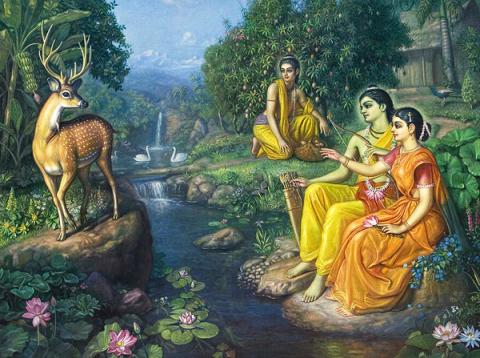
Rāvaṇa said to the rākṣasa Mārīca, “My dear friend, hear me. I am in immense distress and you are my sole means of solace. You know Janasthāna, where once dwelt my powerful brothers Khara, Dūṣaṇa, and Triśiras as well as my sister Śūrpaṇakhā. As per my orders, they lived there with several other rākṣasas and constantly troubled the dhārmic munis. The brothers along with fourteen thousand rākṣasas have been slain by Rāma, who, although in rage,...

Whatever comes next is the crux of the kaṭhopaniṣat. This is where Naciketas asked Yama to answer his question. His question surprised Yama. Not willing to answer that, he tried to convince Naciketas to ask something else as vara. He tries to entice him with different gifts. Naciketas doesn’t budge, he adamantly states that if he wants to give a vara he should answer his question. He ties up Yama with his own words and makes him give away the...
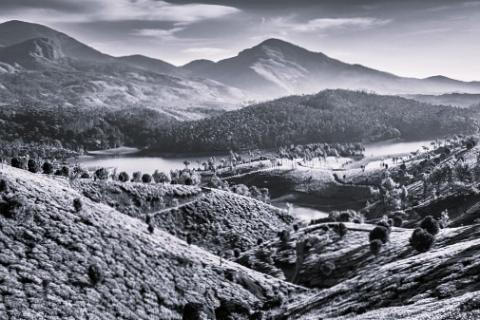
Note
śraddhèyoḻamirpudu trai-
vidhyaṃ prakṛtijaguṇatrayāgatamadariṃ |
buddhi samaṃtoṃtatsad-
baddhamiral śraddhèyaduve saṃsiddhikaram ||
There are three kinds of śraddhā,
arising from the guṇa-triad born of prakṛti.
When buddhi is completely restrained by
Om, Tat, Sat, śraddhā gives rise to perfection.
Summary
Food, yajña and dāna are three-fold according to the three components of prakṛti - sattva, rājas and tāmas. During all of our life...
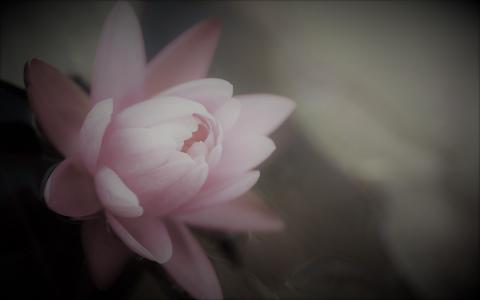
{ಮಂಜುಭಾಷಿಣಿ} ರಥೋದ್ಧತಾವೃತ್ತದ ಪ್ರತಿ ಪಾದದ ಮೊದಲಿಗೆ ಎರಡು ಲಘುಗಳನ್ನು ಬೆಸೆದರೆ ‘ಮಂಜುಭಾಷಿಣಿ’ ಸಿದ್ಧವಾಗುತ್ತದೆ:
ರಥೋದ್ಧತಾ
– u – u u u – u – u –
ಮಂಜುಭಾಷಿಣಿ
[u u] – u – u u u – u – u –
ಇದು ಸಂಸ್ಕೃತಸಾಹಿತ್ಯದಲ್ಲಿ ತಕ್ಕಮಟ್ಟಿಗೆ ನೆಲೆಗೊಂಡಿದೆ. ಮಾಘನೇ ಮೊದಲಾದ ಕವಿಗಳು ಇದನ್ನು ಕಥನಕ್ಕೆ ಕೂಡ ಬಳಸಿದ್ದಾರೆ. ಒಂದೆರಡು ಉದಾಹರಣೆಗಳನ್ನೀಗ ಕಾಣೋಣ:
ಬೆಲೆಚೀಟಿ ನಿನ್ನ ಬೆಲೆಯಂ ಪೊಗಳ್ವುದೇಂ
ತಲೆಮಾಸಿಕೊಂಡ ಬಳಿಕಲ್ತೆ ಸಲ್ವೆಯಯ್ |
ನೆಲೆನಿಂತು ಜೊಲ್ಲಿನೊಳದೆಂತೊ ಬಾಳ್ವ ನಿ-
ನ್ನೊಲವೆಂತು ಸಂಗ್ರಹರತರ್ಗೆ ದುರ್...
